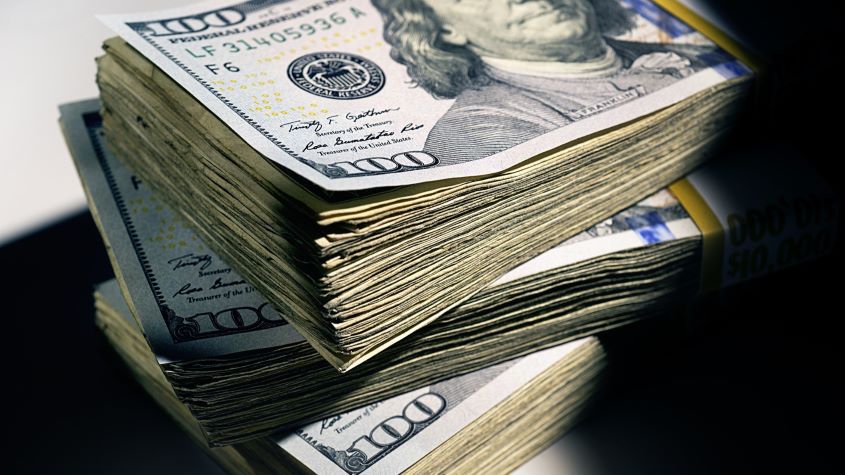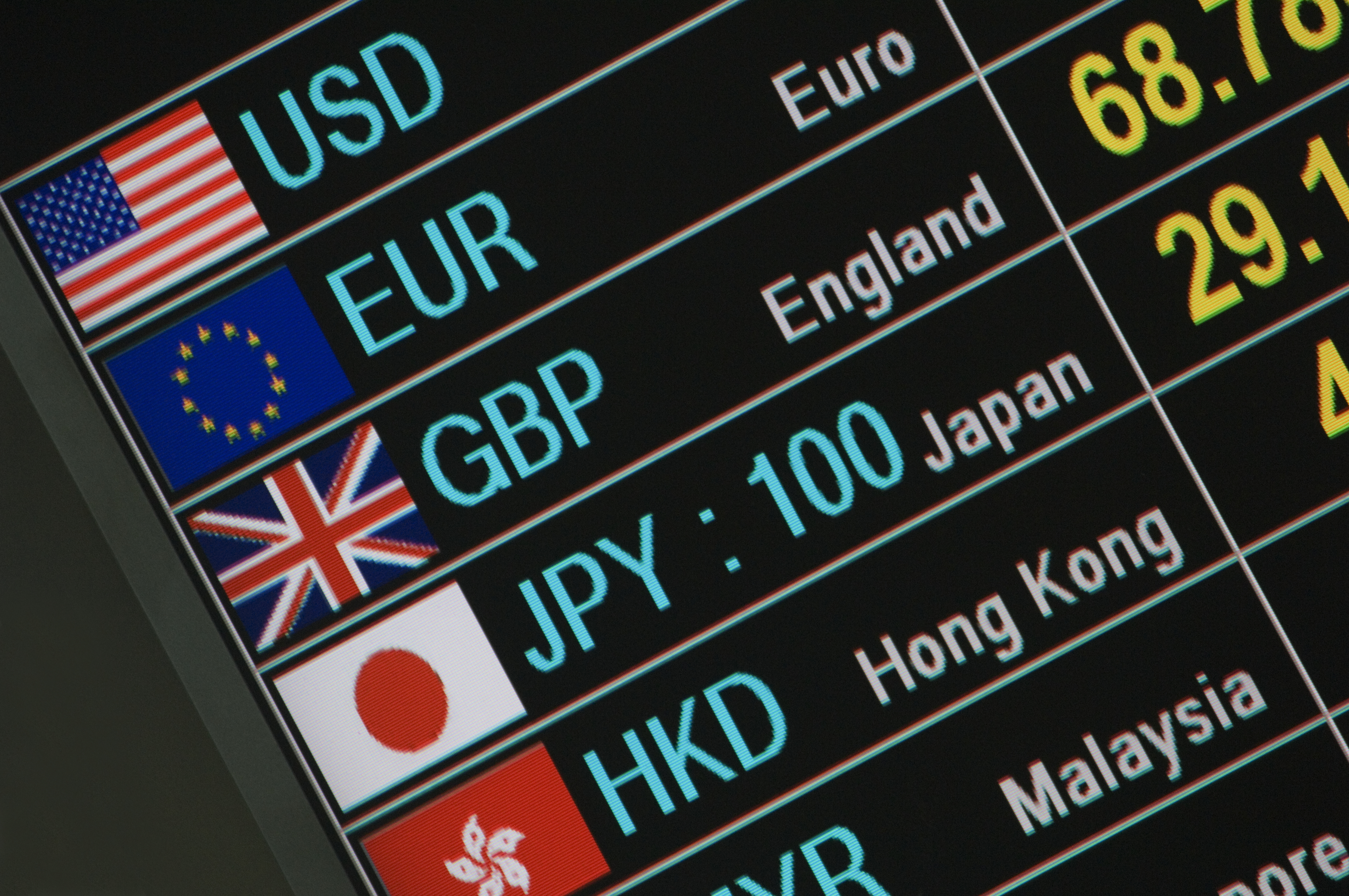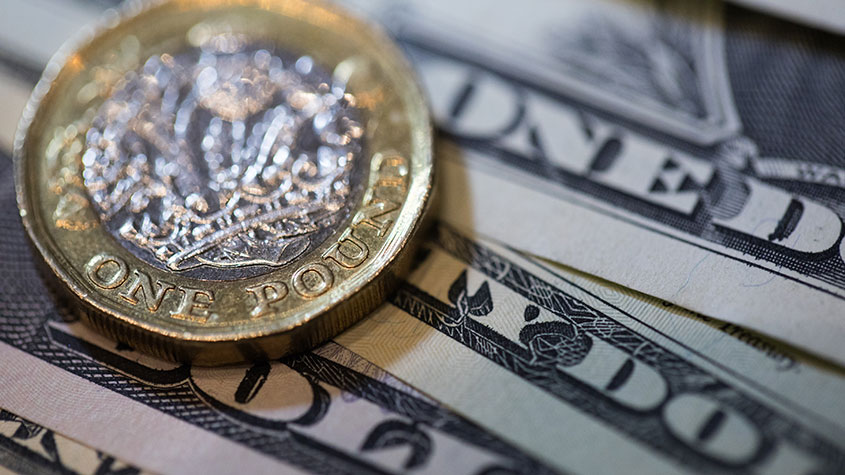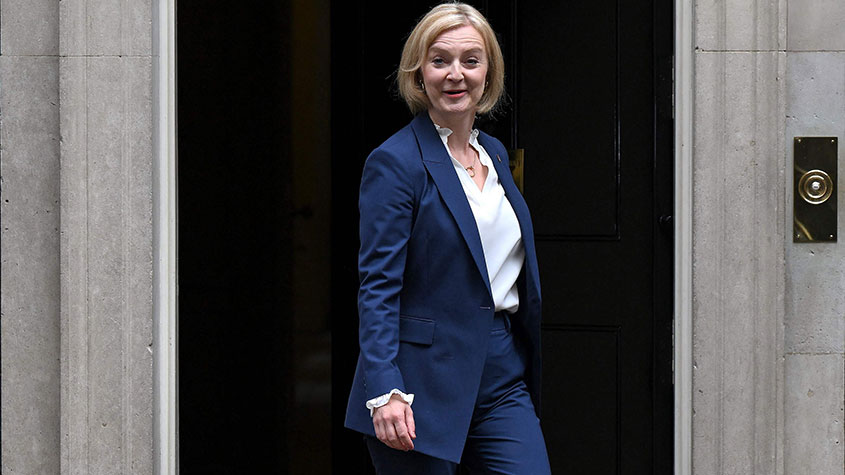Investors dash into the US dollar
The value of the US dollar has soared as investors pile in. The euro has hit parity, while the Japanese yen and the Swedish krona have fared even worse.

“Recession in the eurozone is priced in,” say analysts at Japanese banking giant Mizuho. On Tuesday the euro slumped to parity with the US dollar – the lowest the euro has traded against the US currency since 2002. The selloff followed growing concern that the shutdown of the Nord Stream 1 gas pipeline to Germany for annual maintenance could turn into a more permanent closure.
“The ECB [European Central Bank] is fiddling while the currency burns,” Neil Wilson of Markets.com told Julia Kollewe and Graeme Wearden in The Guardian. “Inflation above 8% and interest rates remain negative … it’s madness.”
The euro’s slump could be a foretaste of what is to come if a Russian gas cut does materialise, say Lynn Thomasson and Farah Elbahrawy on Bloomberg. Economists at UBS think that the single currency could hit €0.90 to the dollar in that scenario, with corporate earnings falling by more than 15% and a 20%-plus drop in the Stoxx 600 index of pan-European stocks. German equities are already feeling the chill after tumbling 11% since June. Shares in gas giant Uniper, which is seeking a government bailout, are down 77% this year.
MoneyWeek
Subscribe to MoneyWeek today and get your first six magazine issues absolutely FREE

Sign up to Money Morning
Don't miss the latest investment and personal finances news, market analysis, plus money-saving tips with our free twice-daily newsletter
Don't miss the latest investment and personal finances news, market analysis, plus money-saving tips with our free twice-daily newsletter
Considering the circumstances – “the worst geopolitical crisis in Europe since the World War II” – the euro isn’t holding up all that badly, says Ambrose Evans-Pritchard in The Daily Telegraph. This is not so much a story of euro weakness as of the dollar’s strength against nearly all other big currencies.
Note that the Japanese yen and the Swedish krona have fared even worse against the greenback this year. The dollar index, which tracks the US dollar‘s value against a basket of six major trading partners’ currencies, “has gone mad as the US Federal Reserve engages in frenetic triple-decker rate rises, belatedly scrambling to contain the inflationary blow-off of its own monetary creation, and to rein in the greatest fiscal expansion since Roosevelt’s New Deal”.
Economic logic
The dollar’s rally is a matter of “economic logic”, says James Mackintosh in The Wall Street Journal. At a time of soaring global energy prices it makes sense for investors to head for America – a country that is “self-sufficient in energy” because of fracking – rather than Japan or Germany, which need to import oil and gas from elsewhere. At some point the current dollar bull trade will flame out, but “without a trigger – a peace deal in Ukraine [that] might restore cheap gas to Germany, or perhaps a dovish turn by the Fed – it is hard to see what could prompt the dollar to turn”.
The dollar looks to be trading somewhere “between 10% and 20% north of fair value” at present, say Themistoklis Fiotakis and Sheryl Dong in a Barclays note. In the medium term that overvaluation should unwind, but don’t bet on it happening anytime soon. The dollar’s current strength rests on its role as a haven in uncertain times. Another “Covid-19 flare-up in China” or “more disruptions to the flow of Russian natural gas to Europe” could yet drive the greenback even higher.
Get the latest financial news, insights and expert analysis from our award-winning MoneyWeek team, to help you understand what really matters when it comes to your finances.
Alex is an investment writer who has been contributing to MoneyWeek since 2015. He has been the magazine’s markets editor since 2019.
Alex has a passion for demystifying the often arcane world of finance for a general readership. While financial media tends to focus compulsively on the latest trend, the best opportunities can lie forgotten elsewhere.
He is especially interested in European equities – where his fluent French helps him to cover the continent’s largest bourse – and emerging markets, where his experience living in Beijing, and conversational Chinese, prove useful.
Hailing from Leeds, he studied Philosophy, Politics and Economics at the University of Oxford. He also holds a Master of Public Health from the University of Manchester.
-
 The most influential people of 2025
The most influential people of 2025Here are the most influential people of 2025, from New York's mayor-elect Zohran Mamdani to Japan’s Iron Lady Sanae Takaichi
-
 Millions of parents are missing out on up to £720 a year in extra pension cash – are you affected?
Millions of parents are missing out on up to £720 a year in extra pension cash – are you affected?A mum who narrowly missed out on the pension boost said she “never knew the government rule existed” and wants other parents to use it
-
 Investors need to get ready for an age of uncertainty and upheaval
Investors need to get ready for an age of uncertainty and upheavalTectonic geopolitical and economic shifts are underway. Investors need to consider a range of tools when positioning portfolios to accommodate these changes
-
 Why you should keep an eye on the US dollar, the most important price in the world
Why you should keep an eye on the US dollar, the most important price in the worldAdvice The US dollar is the most important asset in the world, dictating the prices of vital commodities. Where it goes next will determine the outlook for the global economy says Dominic Frisby.
-
 What is FX trading?
What is FX trading?What is FX trading and can you make money from it? We explain how foreign exchange trading works and the risks
-
 The Burberry share price looks like a good bet
The Burberry share price looks like a good betTips The Burberry share price could be on the verge of a major upswing as the firm’s profits return to growth.
-
 Sterling accelerates its recovery after chancellor’s U-turn on taxes
Sterling accelerates its recovery after chancellor’s U-turn on taxesNews The pound has recovered after Kwasi Kwarteng U-turned on abolishing the top rate of income tax. Saloni Sardana explains what's going on..
-
 Why you should short this satellite broadband company
Why you should short this satellite broadband companyTips With an ill-considered business plan, satellite broadband company AST SpaceMobile is doomed to failure, says Matthew Partridge. Here's how to short the stock.
-
 It’s time to sell this stock
It’s time to sell this stockTips Digital Realty’s data-storage business model is moribund, consumed by the rise of cloud computing. Here's how you could short the shares, says Matthew Partridge.
-
 Will Liz Truss as PM mark a turning point for the pound?
Will Liz Truss as PM mark a turning point for the pound?Analysis The pound is at its lowest since 1985. But a new government often markets a turning point, says Dominic Frisby. Here, he looks at where sterling might go from here.